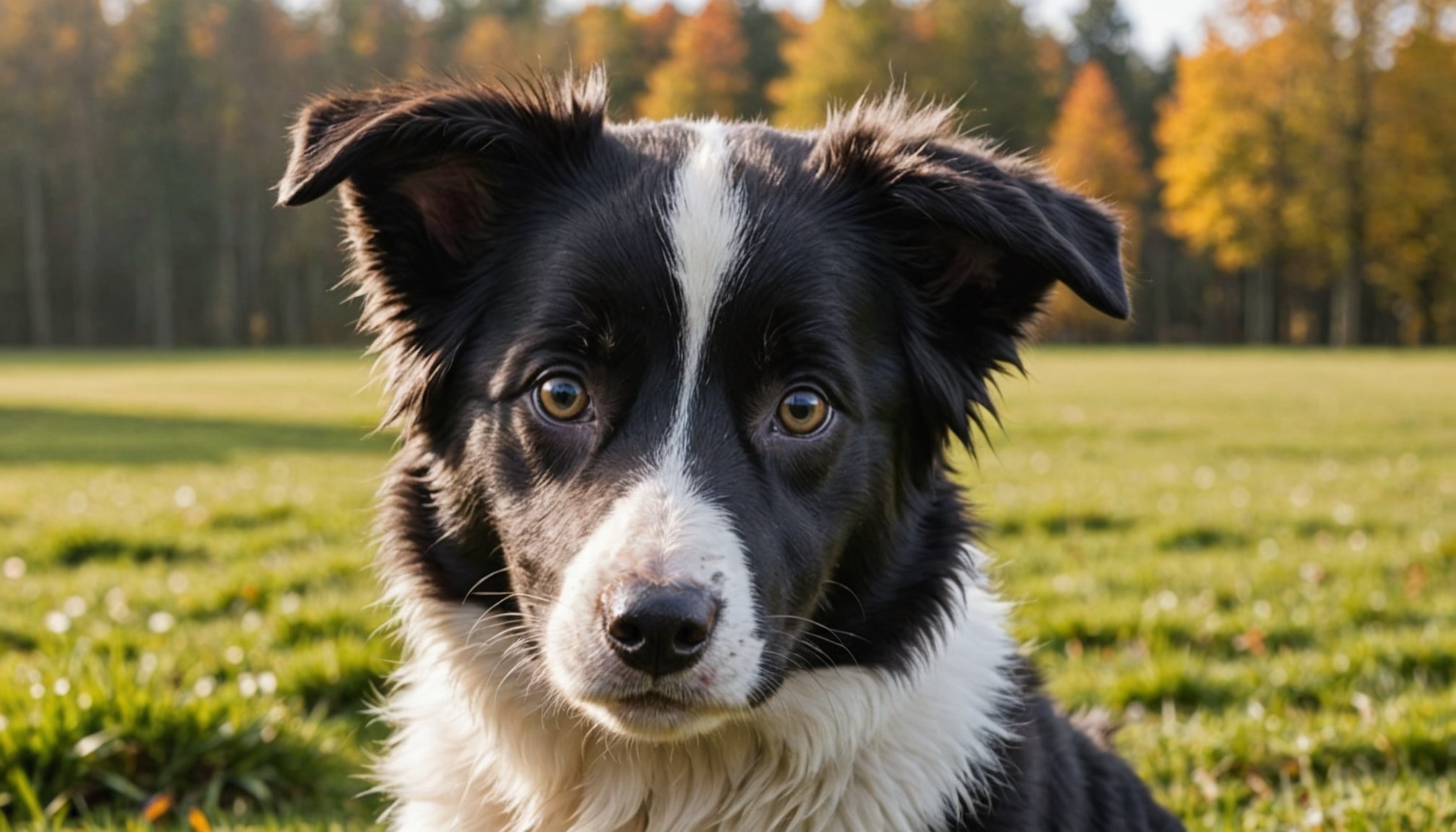Understanding Separation Anxiety in Border Collies
Separation anxiety in Border Collies is a behavioural issue that manifests when dogs exhibit distress in the absence of their owners. Symptoms can range from excessive barking and destructive behaviour to attempts to escape and house soiling. These signs often indicate emotional discomfort and the dog’s inability to cope when left alone. Addressing these issues promptly is essential to ensure a happier, more secure pet.
Border Collies, known for their intelligence and high energy levels, tend to experience anxiety due to their need for mental and physical stimulation. This breed thrives on routine and tasks, which can exacerbate feelings of anxiety when separated from their owners. As a result, they may become more prone to anxiety-related behaviour if not engaged in appropriate activities.
En parallèle : Mastering housebreaking: effective techniques for training your stubborn basset hound
Early identification of anxiety symptoms is crucial for Border Collie owners. Spotting early signs allows for prompt intervention, potentially reducing the severity of separation anxiety. Strategies such as gradual desensitisation, providing mental challenges, and using calming techniques can be effective in managing and alleviating anxiety in this sensitive breed. Regular vet consultations can also offer guidance tailored to the specific needs of your Border Collie.
Key Training Techniques
Training your puppy can be a joyful yet challenging journey. One popular training strategy is positive reinforcement, which involves rewarding desired behaviours to encourage their repetition. Treats, praise, and playtime are typical rewards used to strengthen good habits.
Dans le meme genre : Essential guide to leash training your cavalier king charles spaniel: proven tips for effortless walks
Incorporating positive reinforcement ensures your pup understands which actions are desired, fostering a trusting and upbeat learning environment. Positive reinforcement is not just about rewards; it is also about the timing of these rewards. Immediate praise or treats help establish a clear connection between the behaviour and the reward.
A fundamental area of puppy training is crate training, which helps create a safe, cosy space for your pup. It requires patience and consistency. Start by introducing the crate gradually, associating it with positivity and security. The crate should never be used as a punishment tool.
Gradual desensitisation is crucial for managing separations. Begin with short absences, gradually increasing duration as your pup adjusts. Keeping departures low-key helps reduce anxiety.
Training is a continuous process. Embrace these strategies to raise a well-adjusted and happy pup.
Environmental Adjustments
Creating a safe space for your puppy is essential when leaving them alone. This area should be free of hazards and have plenty of entertaining options. One effective strategy is to puppy-proof this space. Remove any items that your puppy might chew on or that could potentially harm them.
Ensuring a comfortable and engaging environment can minimise anxiety. Interactive feeders and toys are great tools to keep your puppy mentally stimulated. These not only distract them from the stress of being alone but also encourage natural behaviours like foraging and problem-solving.
Environment modification is crucial. Use baby gates to limit access to unsafe zones and incorporate soft bedding to make the space inviting. This setup helps reinforce the idea of the designated area being a safe haven.
Establishing a consistent routine boosts your puppy’s sense of security. Regular meal times, play, and rest periods provide structure. This helps your puppy understand what to expect daily, reducing their anxiety in your absence.
Providing a well-thought-out environment and routine sets the foundation for a thriving and well-adjusted puppy.
Behavioral Tips and Mindset
Understanding your puppy’s behavioral habits is essential in fostering a well-adjusted, confident companion. Encouraging independence can be achieved through short, regular periods of alone time, gradually extending as they become more comfortable. This gradual exposure helps reduce reliance on human presence and fosters self-soothing.
When addressing anxious behaviors, identifying triggers is crucial. Techniques like creating a designated, comforting space can significantly help. Introduce calming activities, such as interactive toys or gentle play, to divert attention from stressors. Consistency in responses reassures your puppy, enhancing their sense of security.
Physical exercise plays a pivotal role in reducing anxiety. Puppies often exhibit anxious energy through behaviors like excessive barking or destructive chewing. Engaging them in regular, stimulating physical activities channels this energy positively. Consider activities aligned with their interest, balancing both mental and physical stimulation.
- Independence fostered by gradual alone-time
- Calming routines to manage anxiety
- Physical activity to channel anxious energy
By incorporating these strategies, you not only improve your puppy’s behavior but also build a stronger bond. A balanced approach to behavioral modification promotes harmony, ensuring a happy environment for both you and your puppy.
Expert Opinions and Case Studies
Understanding puppy anxiety and managing it effectively can be a daunting task. Luckily, expert advice can make a significant difference. By employing strategies recommended by experienced trainers, some owners have witnessed remarkable improvements in their anxious puppies.
Trainers suggest that consistency and patience are key when dealing with puppy anxiety. Introducing a structured routine helps puppies anticipate daily activities, reducing their stress levels. Real-life examples support this approach. For instance, one case study revealed a young Labrador that transformed from a nervous wreck to a confident companion after just a few weeks of applying this structured training method.
Moreover, veterinary insights further back the importance of professional advice. Veterinarians recommend thorough examinations to rule out any underlying health issues that might exacerbate anxiety. They suggest creating a calming environment at home and consider supplements or medications for severe cases. These recommendations ensure the well-being of the puppy is catered to from multiple angles.
For those facing severe cases, it’s essential to understand that addressing anxiety is a gradual process. With expert advice, real-life examples, and veterinary insights, managing puppy anxiety is not just an aspiration—it’s achievable.
Frequently Asked Questions
When caring for a puppy, numerous FAQs often arise, notably surrounding separation anxiety. Common concerns involve understanding myths versus realities. A popular misconception is that all puppies with separation anxiety will exhibit destructive behaviours. However, signs can vary, including whining, pacing, or even soiling.
One key question is: When should professional help be sought? Consulting a specialist is advisable if your puppy’s anxiety doesn’t improve with conventional puppy care tips, or if it starts affecting their physical health or your daily life.
Managing your anxiety alongside your puppy’s can be challenging. Keep in mind that puppies pick up on your emotional state. Tips for alleviating both parties’ stress include establishing a consistent routine and creating a safe, toy-filled space for your puppy during your absence. Common concerns also extend to proper socialisation techniques, which can significantly alleviate anxiety symptoms.
Owners should focus on desensitising their puppies gradually, teaching them independence in a reassuring manner. Implement short departures and progressively increase duration, providing emotional reassurance upon return to build trust and reduce anxiety.











